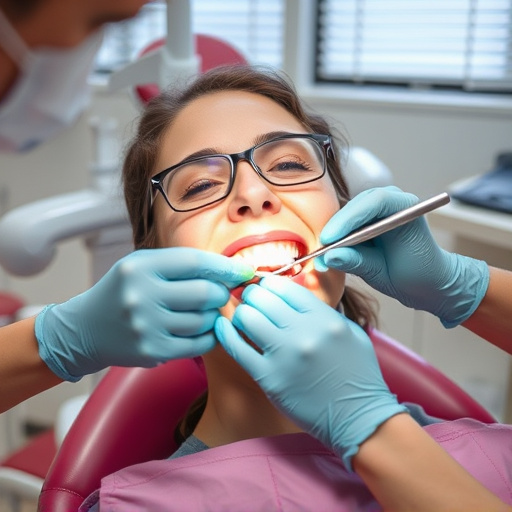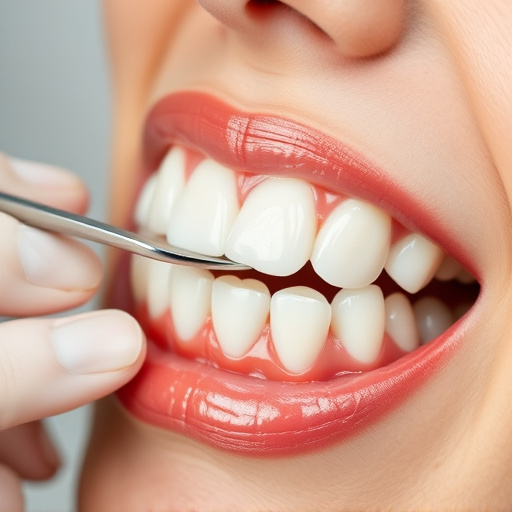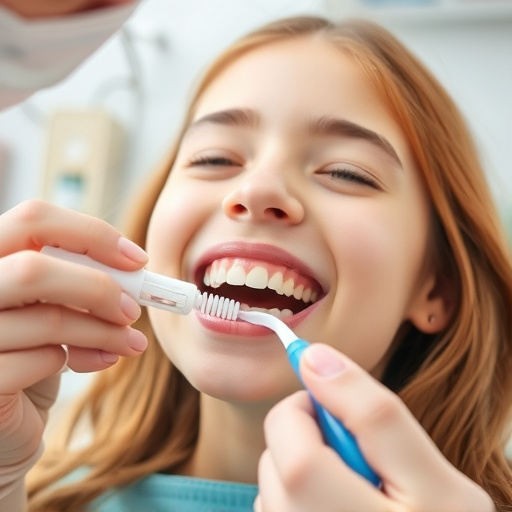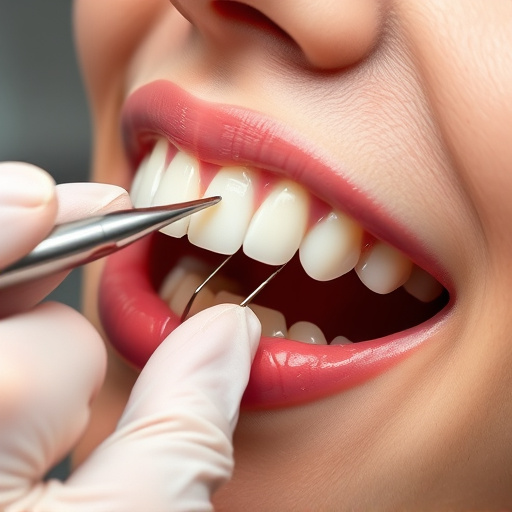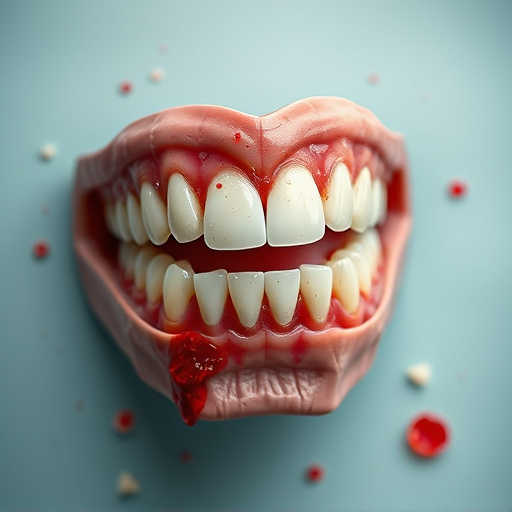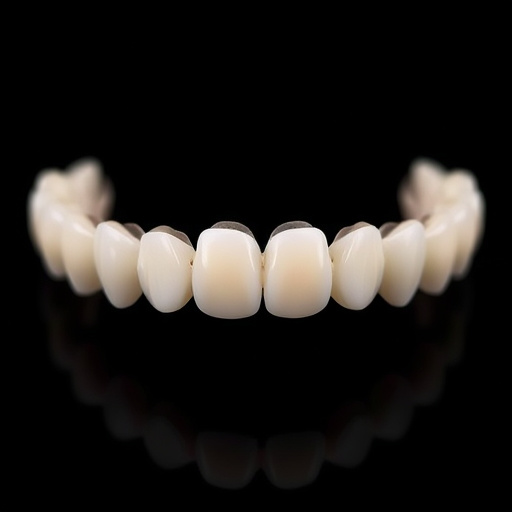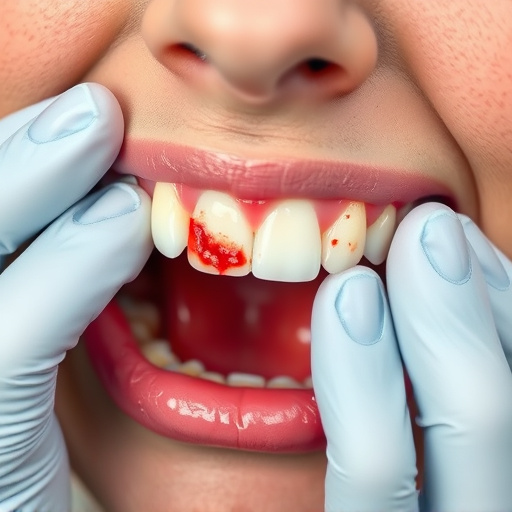Conservative dental treatment prioritizes minimal intervention to preserve tooth structure and overall oral health. Advanced technologies like digital imaging, lasers, and improved materials enhance precision and patient comfort. This approach gains popularity for its advantages in preventing tooth decay, saving time and money, and promoting natural healing. By avoiding extensive treatments like extractions, it benefits patients with sensitive teeth or those seeking to avoid unnecessary procedures.
Discover the art of conservative dental care, where modern technology meets gentle techniques for optimal oral health. This approach prioritizes preserving natural tooth structure, offering a more comfortable and environmentally conscious alternative.
Explore how advanced tools and innovative methods enable dentists to perform accurate treatments with minimal intrusion. From improved diagnostics to laser therapy and digital imaging, these advancements ensure precise, effective, and patient-centric conservative dental treatment options.
- Understanding Conservative Dental Treatment: A Gentle Approach
- The Role of Modern Technology in Conserving Dental Health
- Benefits and Case Studies: Why Opt for Conservative Methods?
Understanding Conservative Dental Treatment: A Gentle Approach
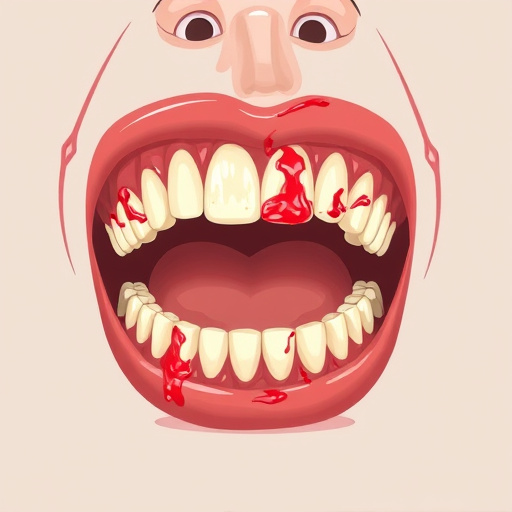
Conservative dental treatment focuses on preserving as much of a patient’s natural tooth structure as possible while addressing dental issues. This gentle approach prioritizes minimal intervention to maintain the overall health and aesthetics of teeth. By utilizing advanced technologies, such as digital imaging and precision instruments, dentists can accurately diagnose and treat problems with greater efficiency and accuracy.
This method often includes options like cosmetic fillings, which restore small areas of damage while keeping the tooth intact. Dental bonding, another conservative technique, involves adhering a resin material to the tooth surface for repair. While dental implants offer a more extensive solution, they still fall under this category as they aim to replace missing teeth while preserving the jawbone and surrounding tissue through surgical placement and integration.
The Role of Modern Technology in Conserving Dental Health
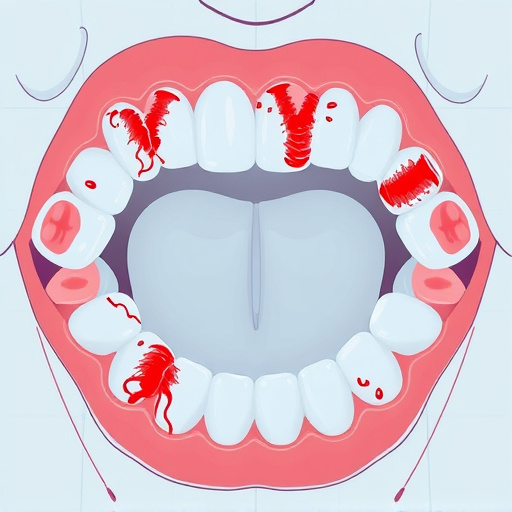
Modern technology has revolutionized conservative dental treatment, offering innovative solutions for maintaining and restoring oral health. Advances in equipment and materials have made procedures more precise, efficient, and patient-friendly. For instance, digital imaging allows dentists to capture detailed 3D scans of teeth and gums, providing a comprehensive view that aids in accurate diagnosis and treatment planning. This precision is particularly beneficial in conservative treatments, ensuring minimal disruption to healthy tooth structures.
Furthermore, modern technology facilitates more effective dental cleanings and the placement of durable dental crowns. Lasers, for example, can precisely remove bacterial plaque and tartar during cleanings, promoting healthier gums and reducing the risk of oral diseases. In general dentistry practices, technological advancements have also streamlined various procedures, allowing dentists to provide efficient and high-quality care while ensuring patient comfort and satisfaction with conservative dental treatment outcomes.
Benefits and Case Studies: Why Opt for Conservative Methods?
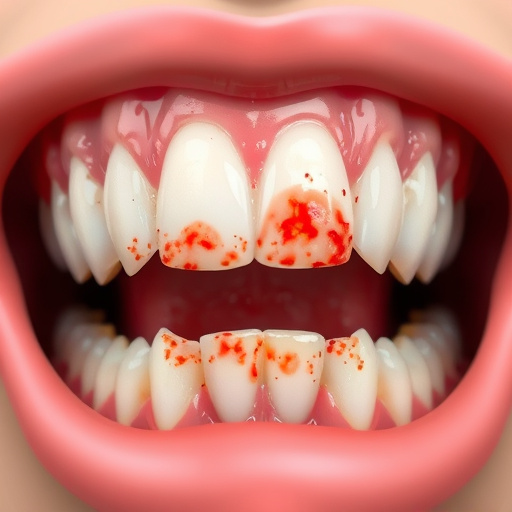
Conservative dental treatment methods have gained significant traction due to their numerous benefits, both for patients and dentists. By focusing on minimally invasive procedures, these approaches preserve the natural structure of teeth and gums, reducing the need for extensive treatments like tooth extractions. For example, in cases where decay is limited to the surface layers, dental hygienists can perform effective teeth cleaning techniques using modern tools that remove plaque and tartar without damaging healthy enamel.
Case studies have shown that conservative methods yield positive outcomes, especially when compared to traditional practices. In many instances, instead of resorting to dental fillings or more complex procedures, simple interventions like improved oral hygiene regimens, fluoride treatments, and dietary adjustments can halt tooth decay in its tracks. These approaches not only save time and money but also contribute to long-term oral health by promoting the natural healing capabilities of the mouth, which can be particularly beneficial for patients with sensitive teeth or those looking to avoid unnecessary interventions.
Conservative dental treatment, leveraging the latest technology, offers a gentle yet effective approach to preserving dental health. By minimizing invasive procedures and utilizing innovative tools, this method provides long-lasting solutions while enhancing patient comfort. The benefits, supported by successful case studies, underscore why conservative techniques are an attractive option for those seeking to maintain optimal oral well-being.








